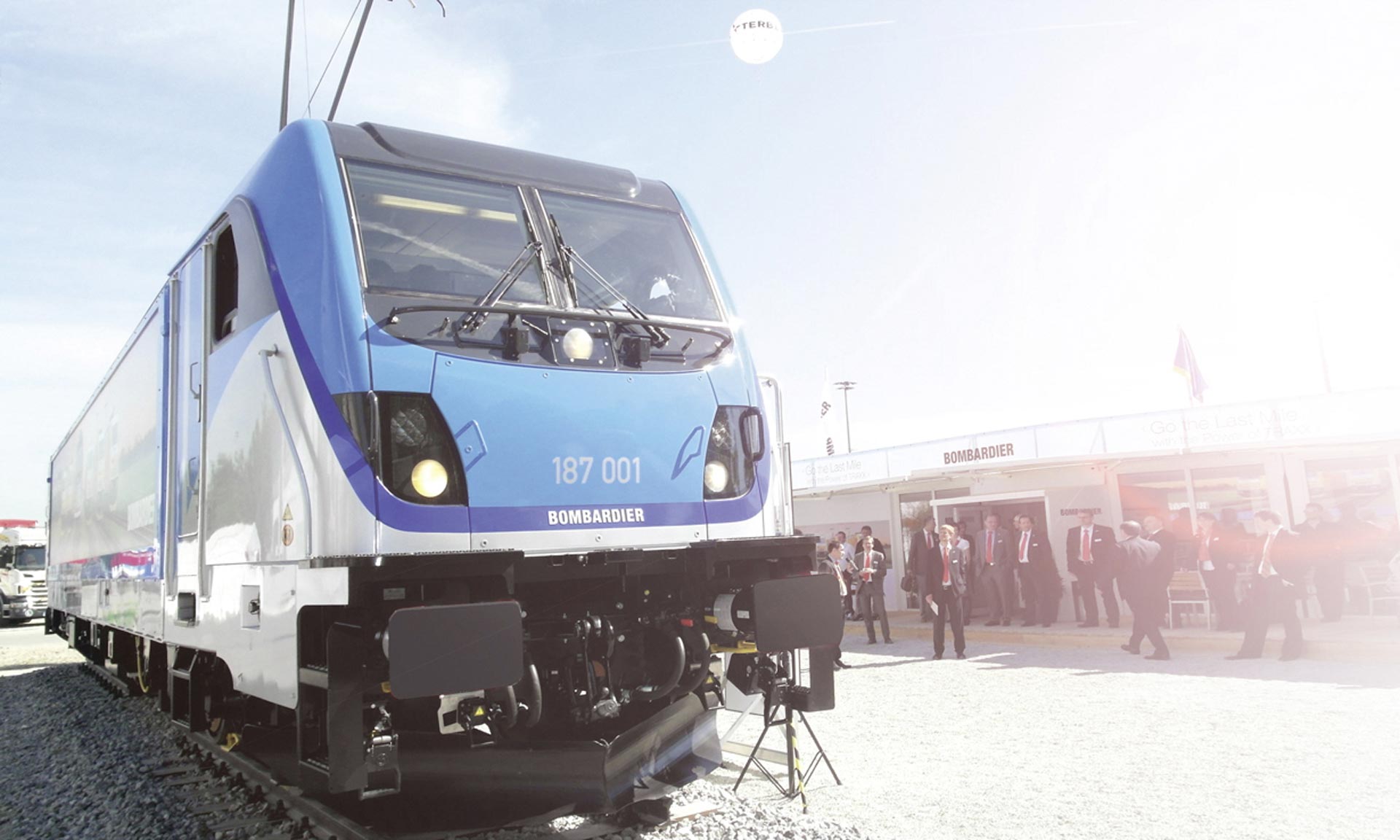BOMBARDIER
TRAXX AC III Lokomotive mit Last Mile Diesel, Designentwicklung development of design


Kopfgestaltung
Bei der Kopfgestaltung haben wir in enger Kooperation mit dem Bombardier-Konstruktionsteam in Kassel die Umstellung von Stahl- zu GFK Bauweise gelöst. Die dadurch entstehenden gestalterischen Freiräume wurden durch uns im Vorfeld geschaffen und in der Entwicklung genutzt. Schwerpunkt war eine Charakterbildung mit der Abstimmung auf der Ebene des internationalen Marketings. Das Design muss sowohl dem Wesen des „Arbeitstiers“ Güterlok gerecht werden. Als Lok vor Personenzügen muß sie bei der Einfahrt in den Bahnhof am bevölkerten Bahnsteig aber auch Nahbarkeit und Freundlichkeit ausstrahlen. Zusätzlich galt es das Bombardier Corporate Designelement des „Speedcollars“ zu integrieren.
Frontdesign
For the head design, we worked closely with the Bombardier design team in Kassel to switch from steel to GRP construction. The resulting design freedom was created by us in advance and utilised in the development. The focus was on characterisation with coordination at the international marketing level. The design must do justice to the nature of the "workhorse" freight locomotive. As a locomotive in front of passenger trains, however, it must also radiate approachability and friendliness when entering the station on the crowded platform. In addition, the Bombardier corporate design element of the "Speedcollar" had to be integrated.
Last Mile Function
The optionally available last-mile modules, which are available as a last-mile diesel (LMD) with an additional last-mile battery (LMB), are completely new. The LMD module consists of an auxiliary diesel engine with generator installed in the engine room in order to be able to travel on non-electrified sections and sidings. The fuel is carried in a tank in the underframe. We have visualized and explained the different operating modes in an animation.


For the first time since the Traxx predecessors, the locomotive body was not manufactured with smooth side walls, but has vertically folded side walls, which is much more favorable in terms of design, as thinner sheets can be used. To cover the folds, the sides were fitted with so-called flex panels, a newly developed and tested device for clamping tarpaulins. These were more cost-effective than repainting or repainting rental locomotives; in addition, the owners were also able to attach their own advertising.
Thanks to many years of design expertise in GRP constructive designs, our studio's vertical range of manufacture extended to precisely designed A and B surfaces with the connecting devices. All contact surfaces to the substructure and locomotive body were designed in detail. The entire set of drawings for the documentation was created by us in accordance with Bombardier conformity for the GRP parts.



• |
• |

